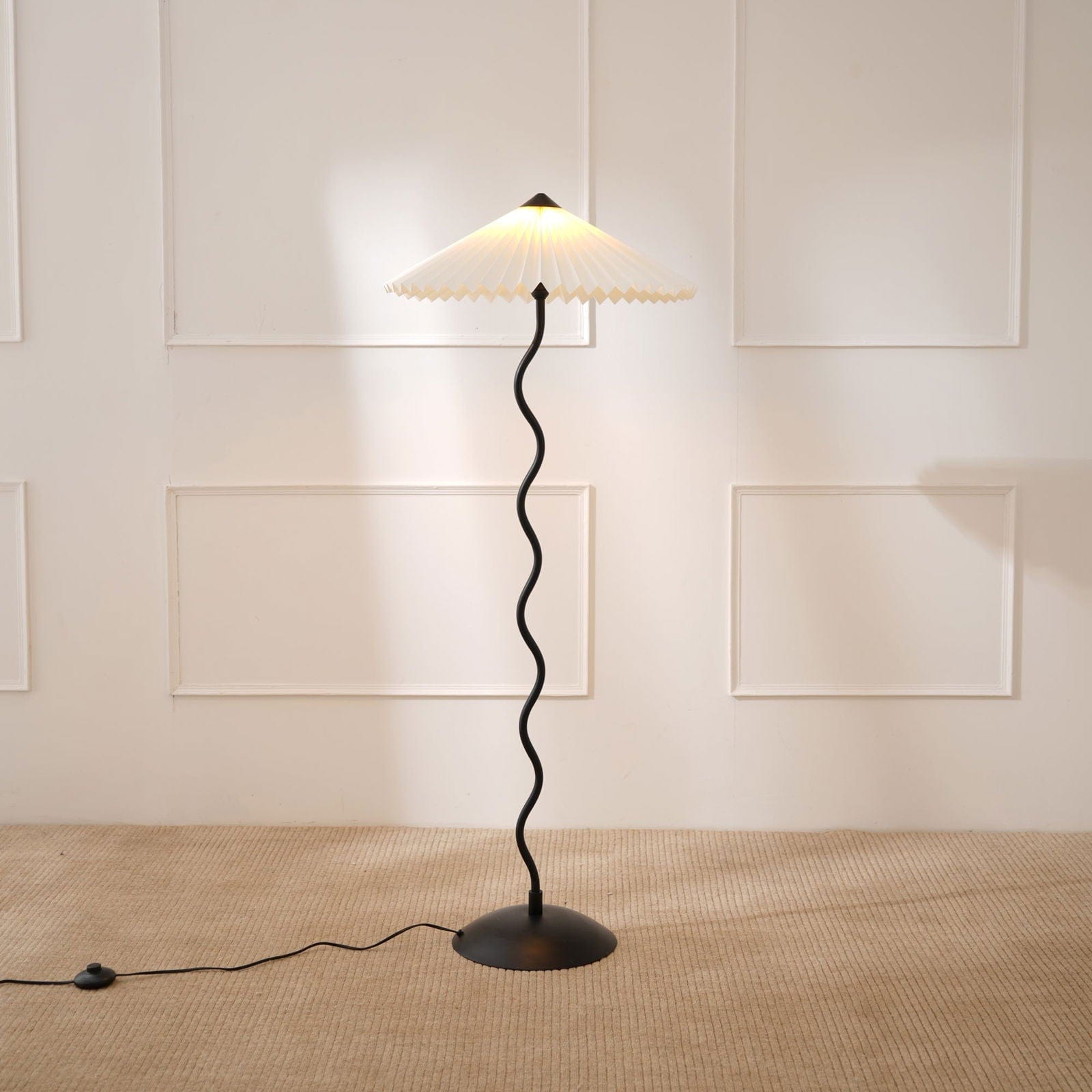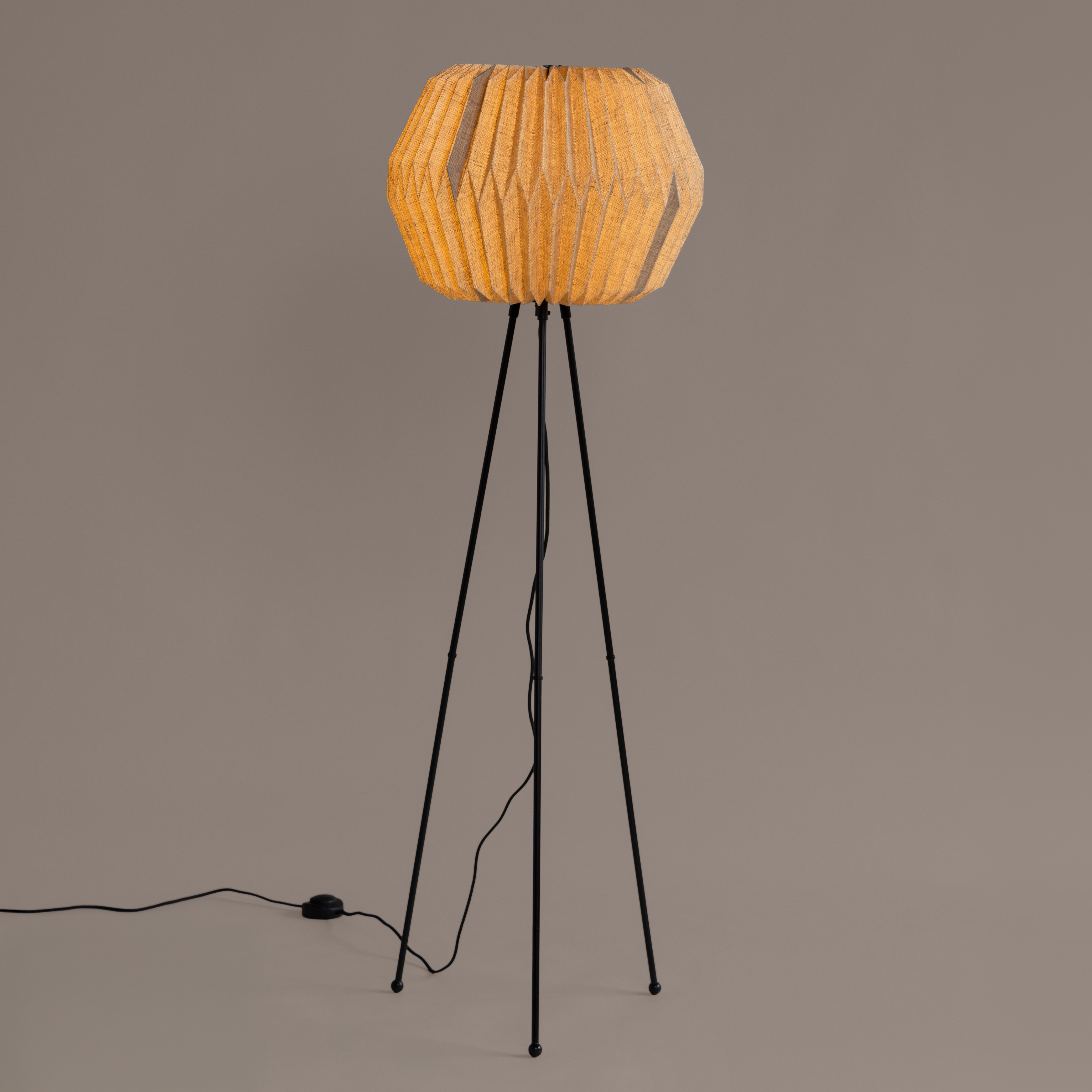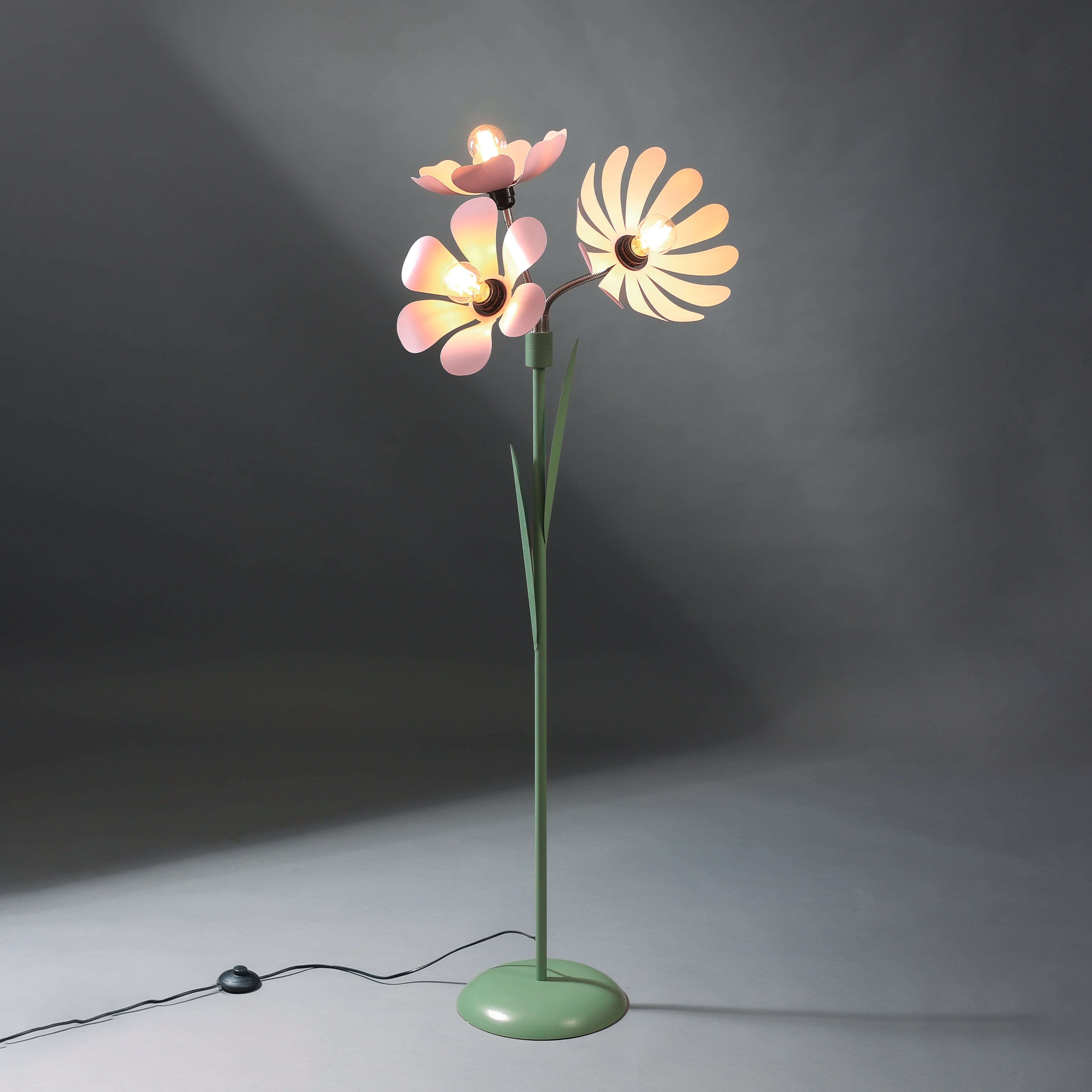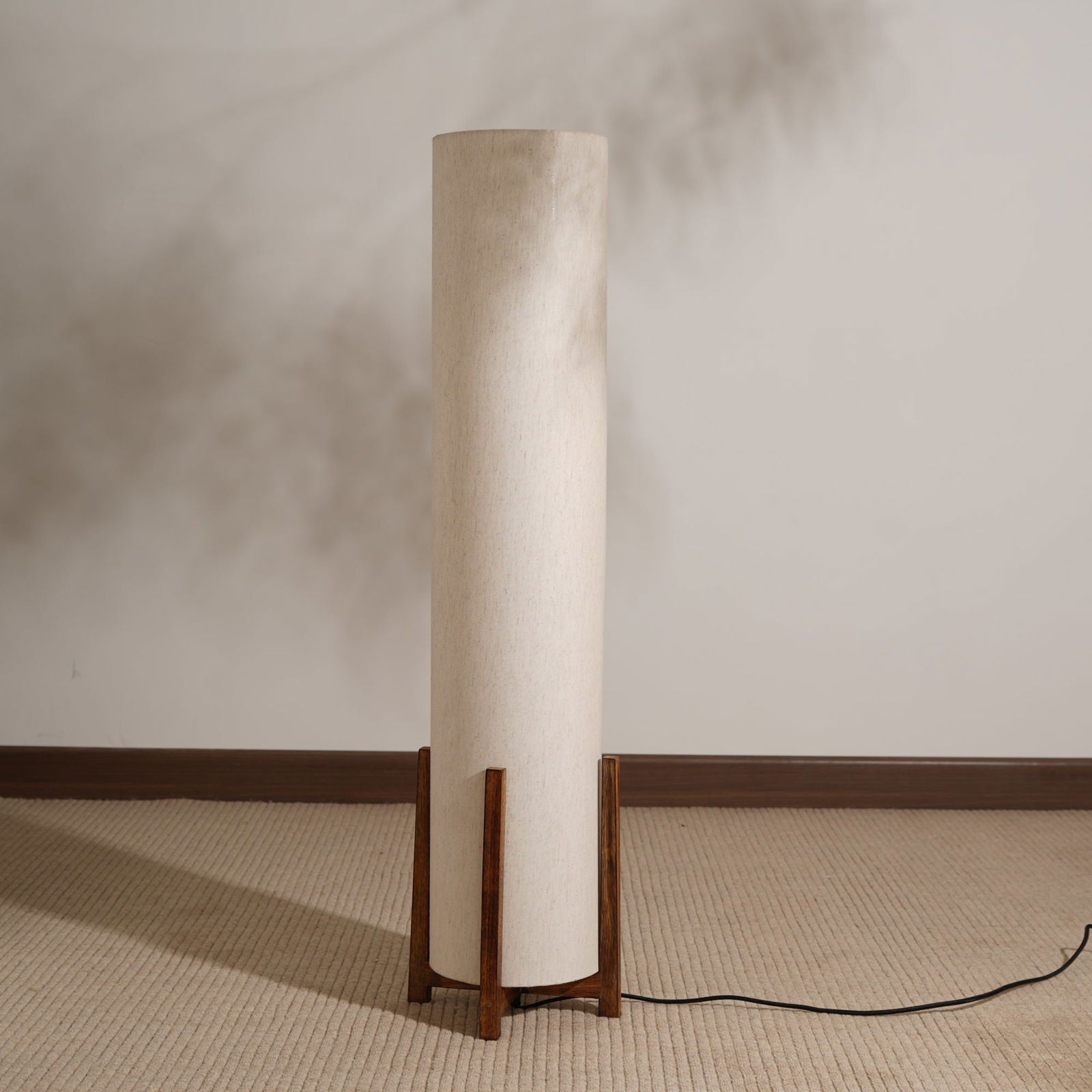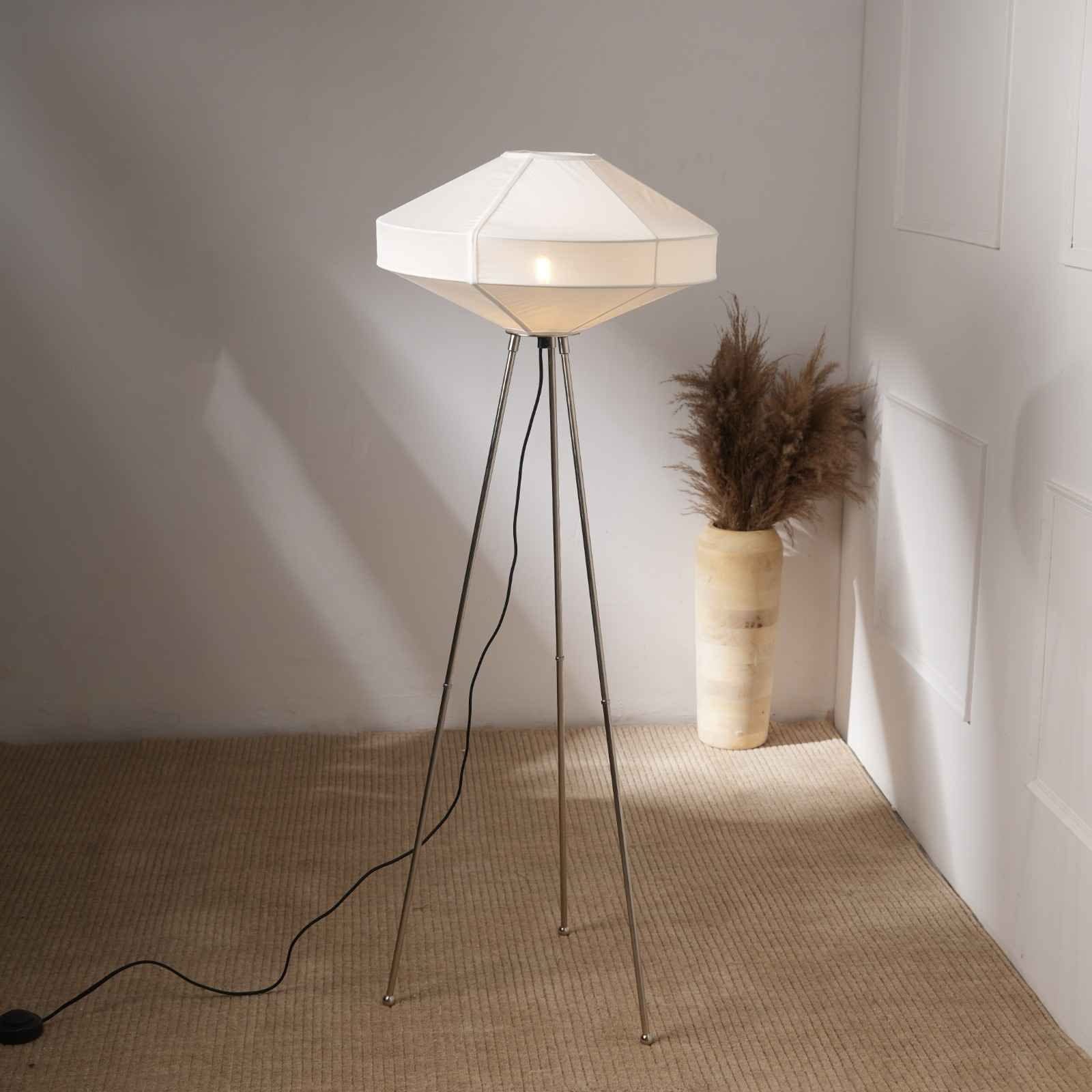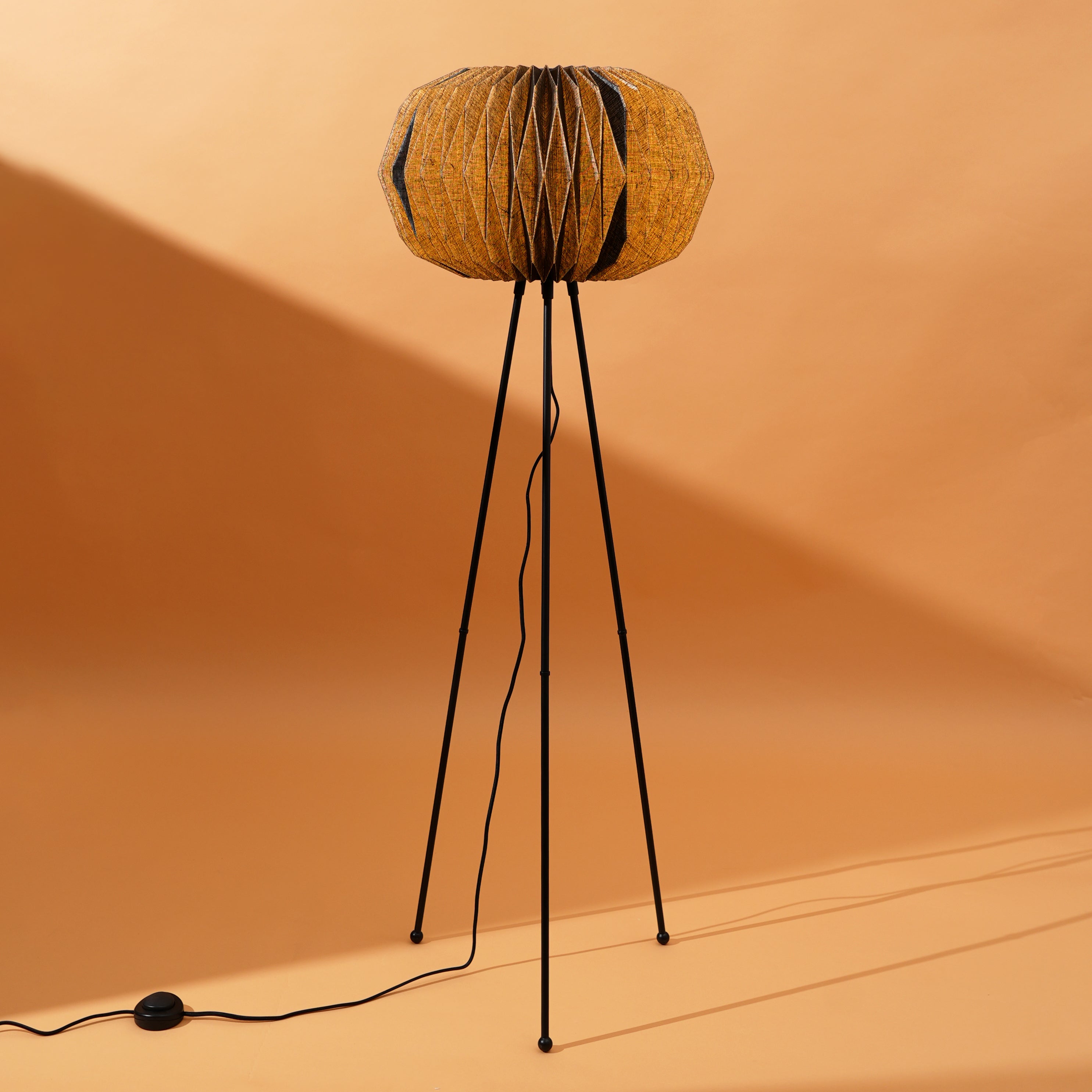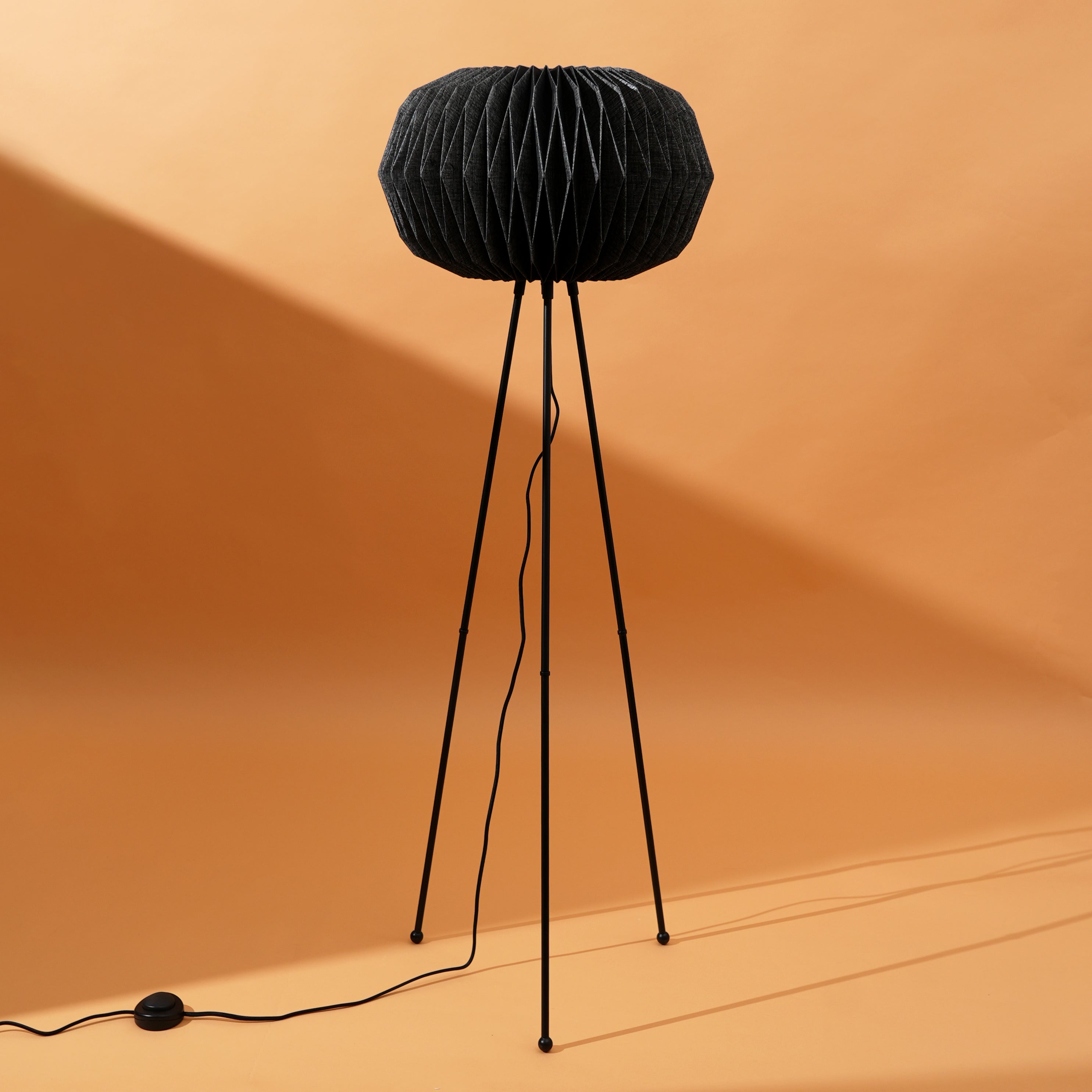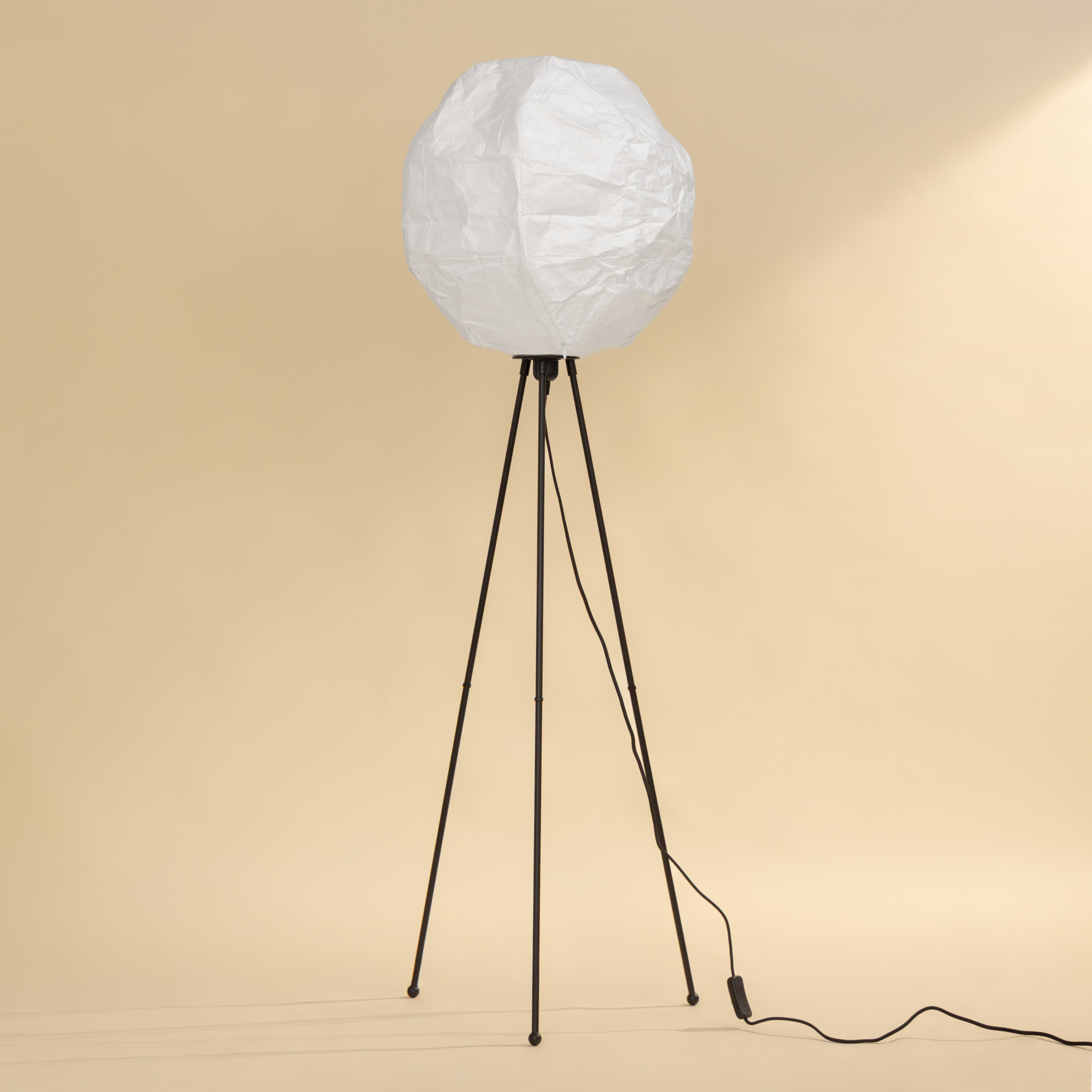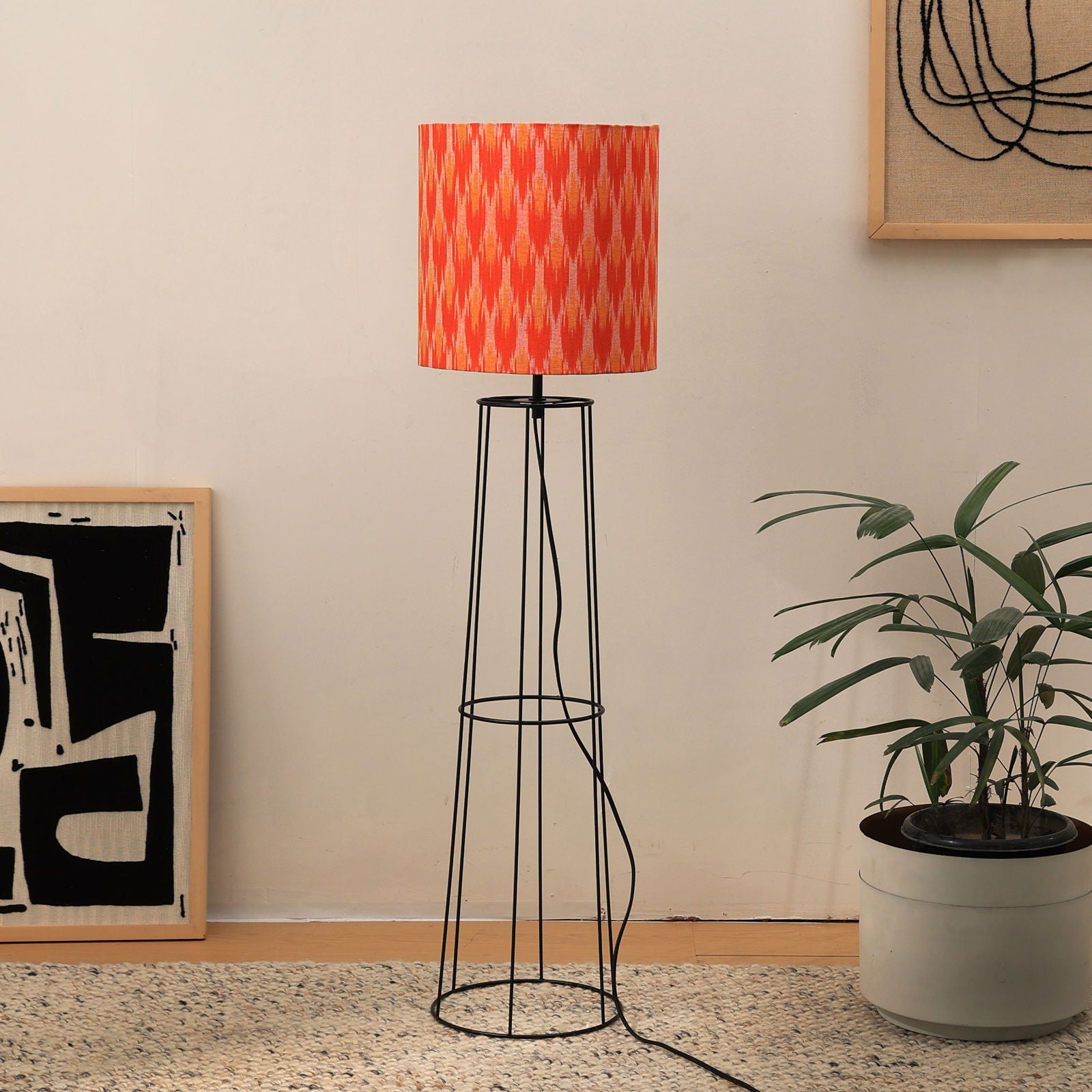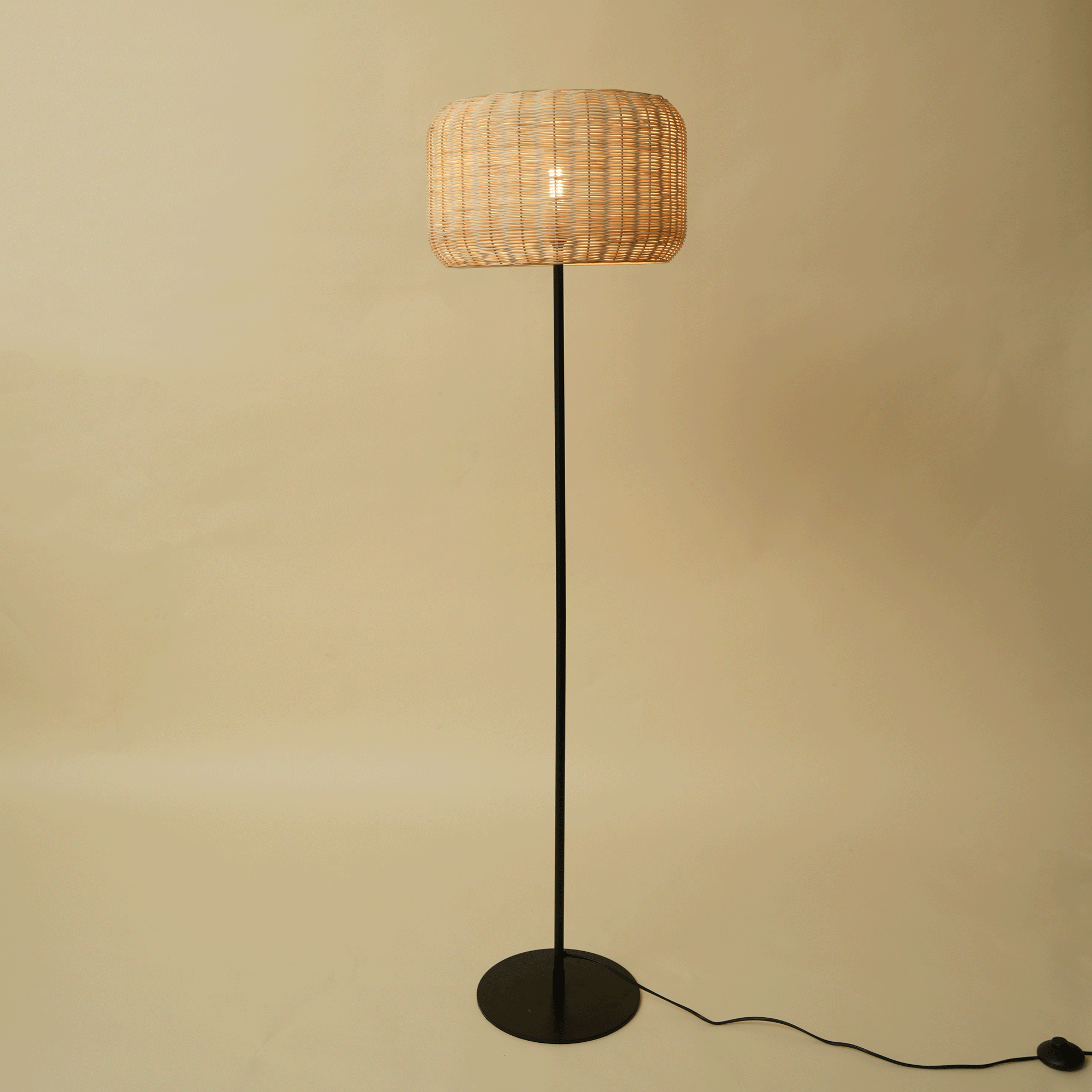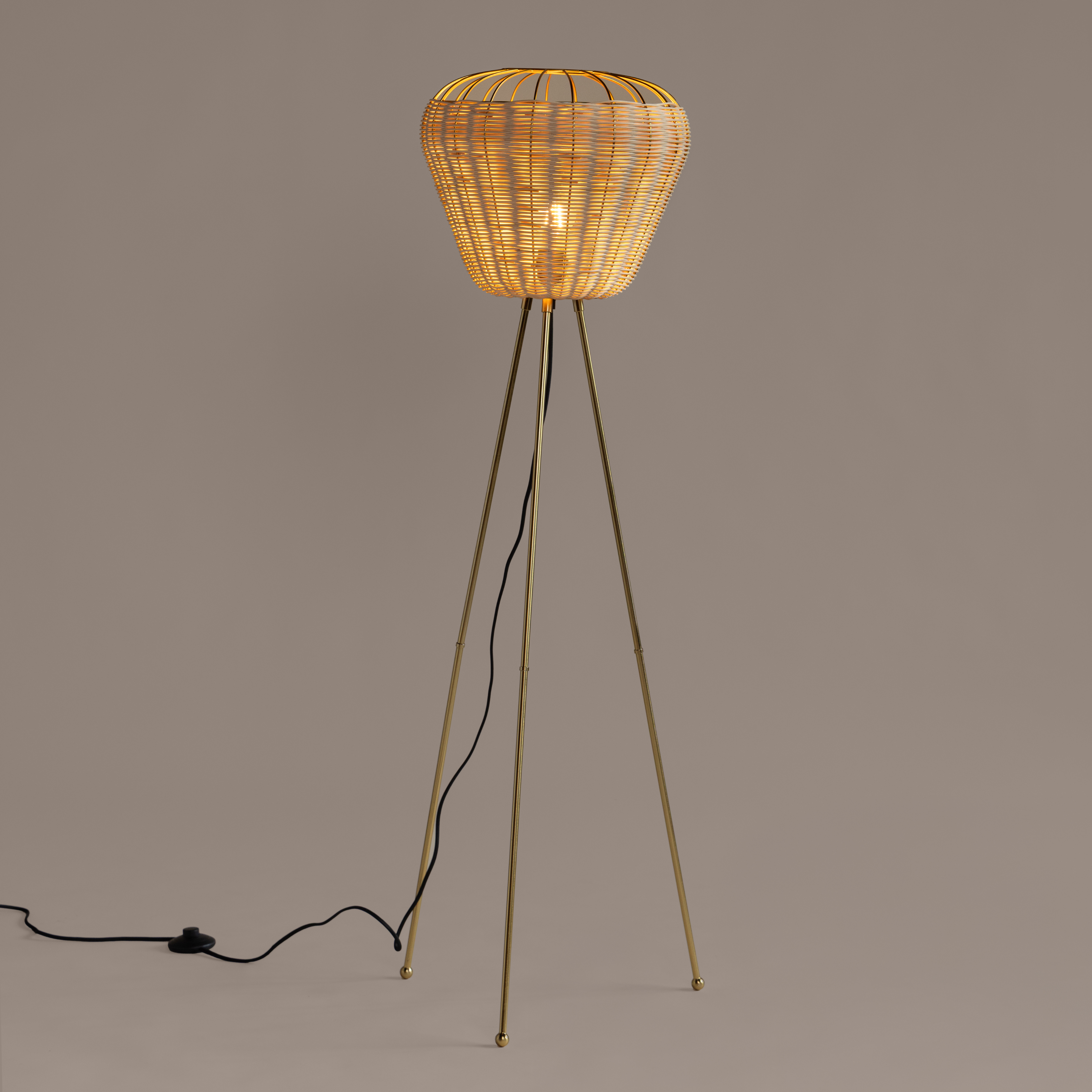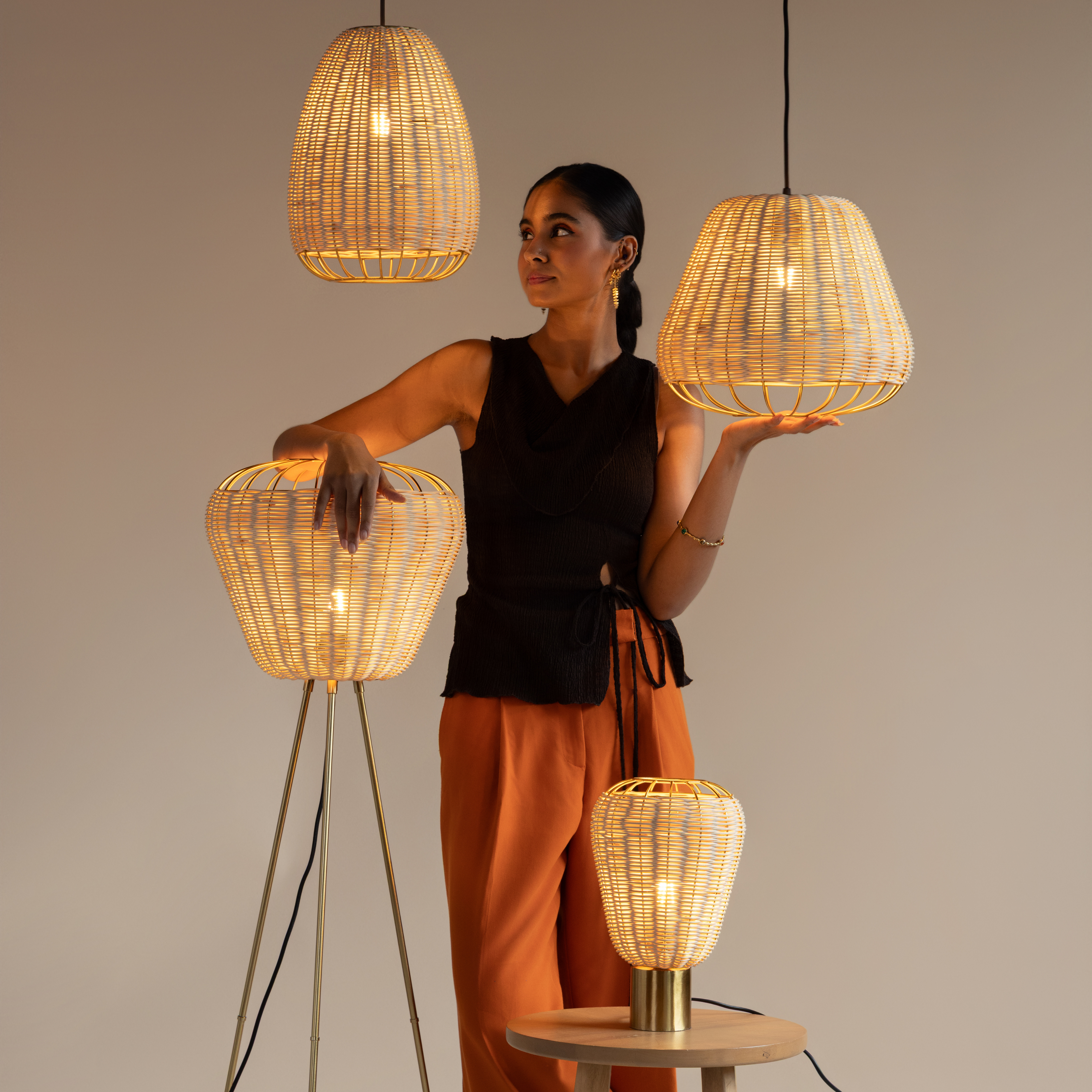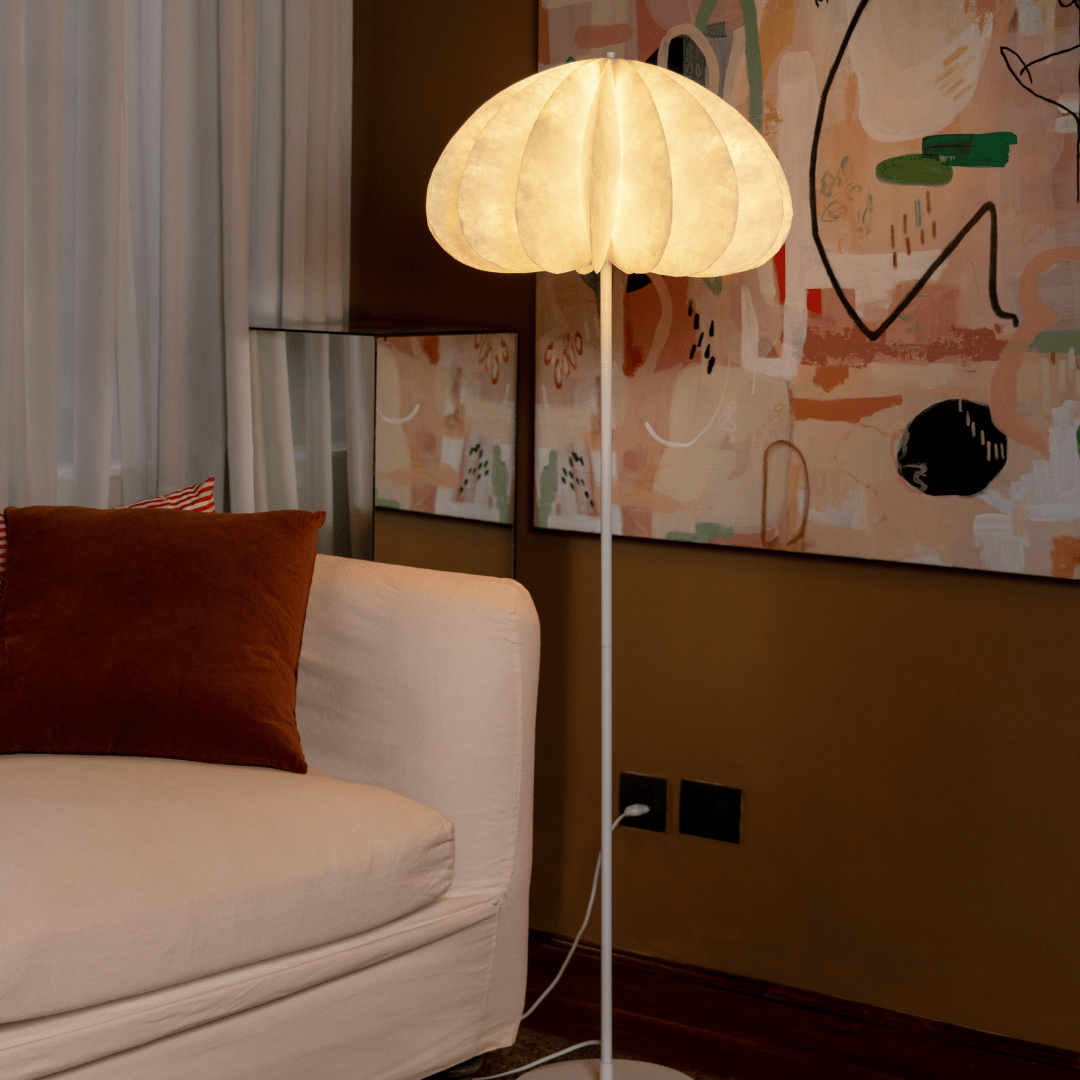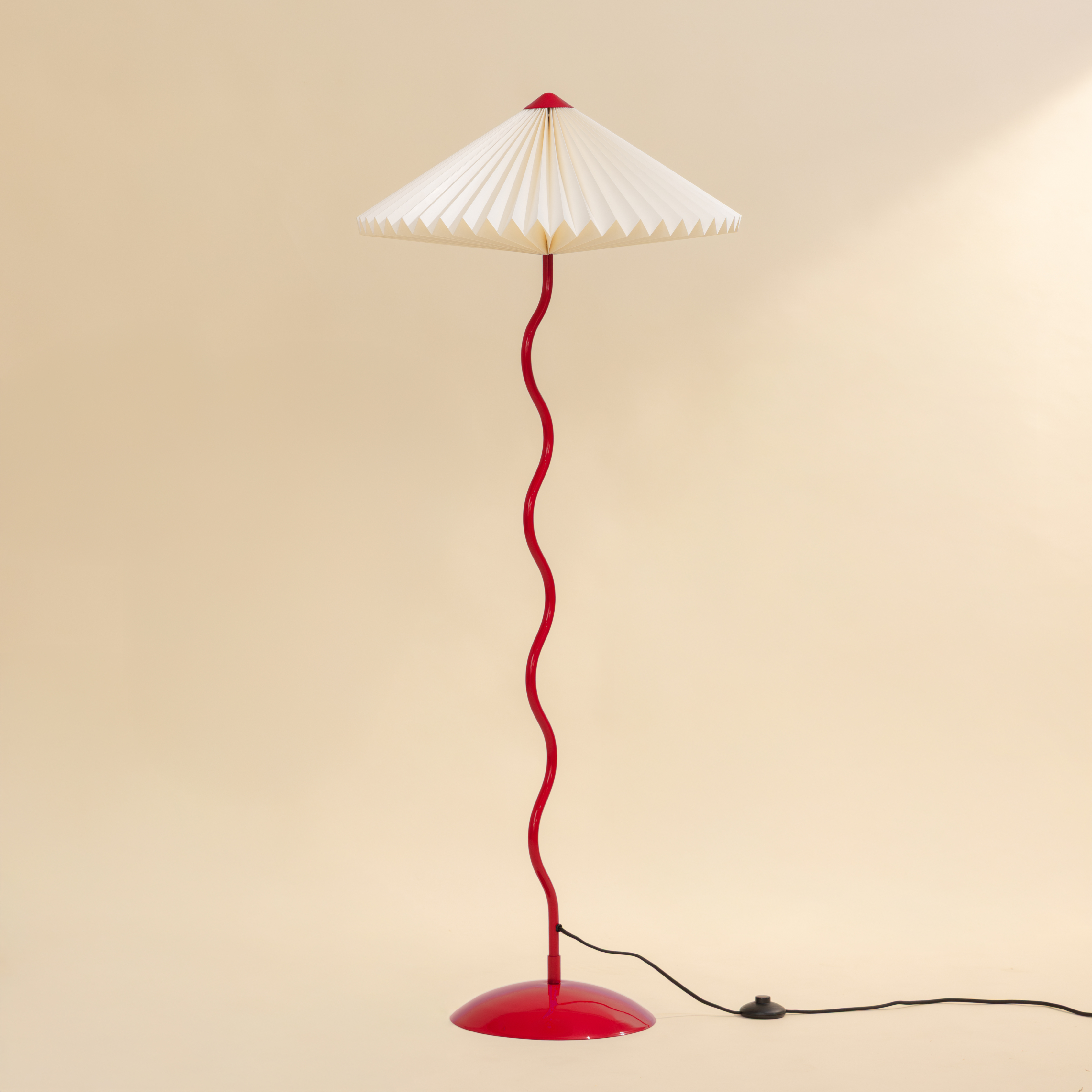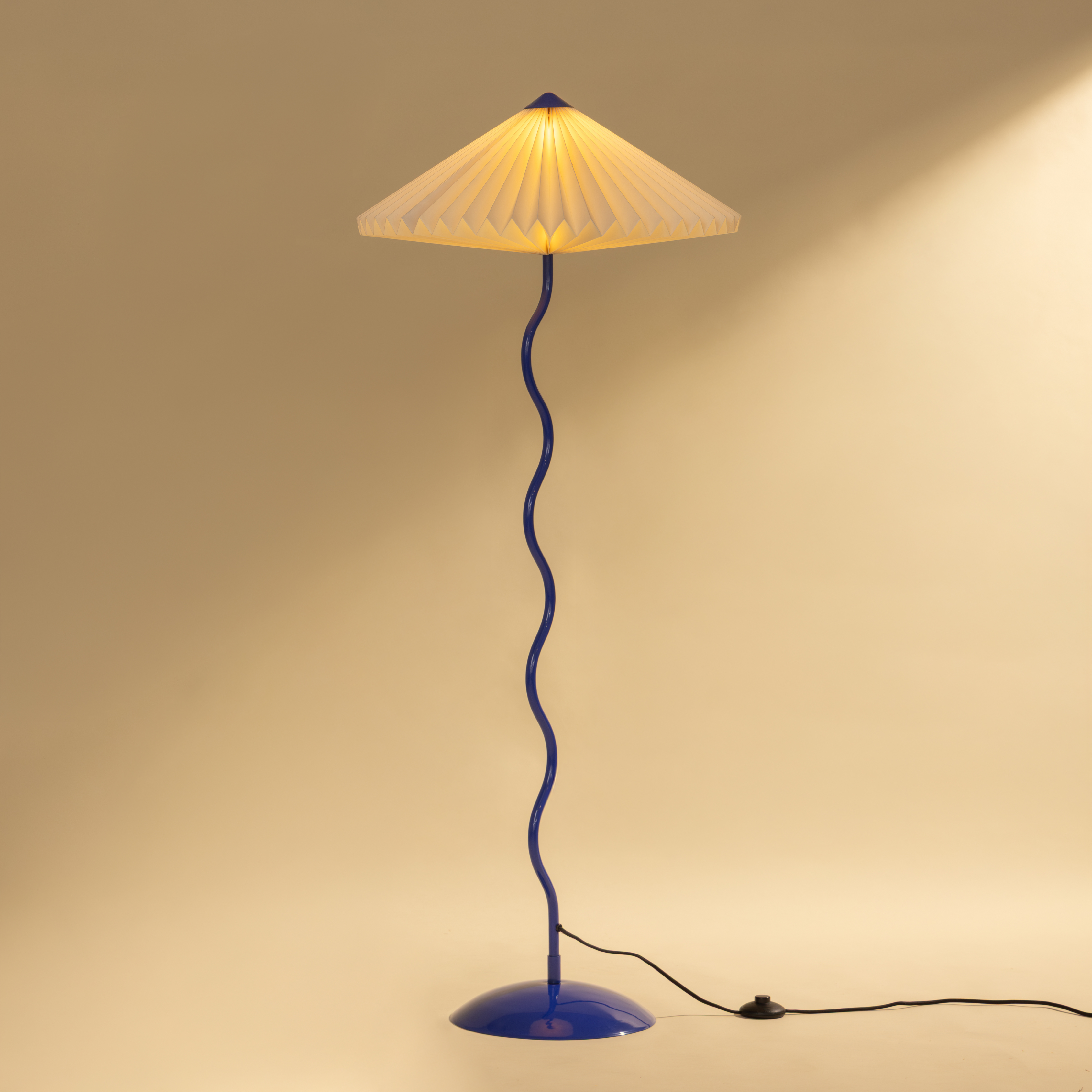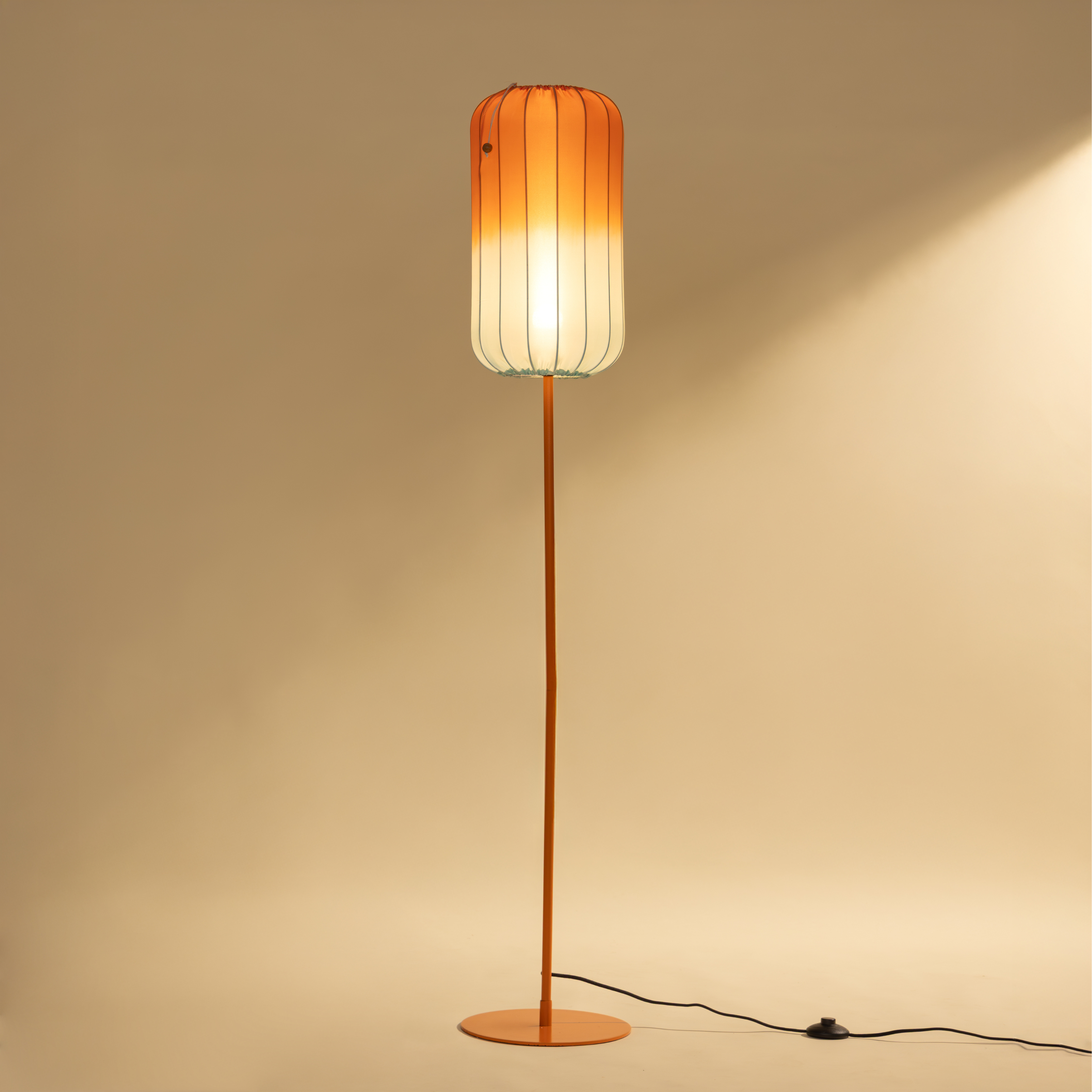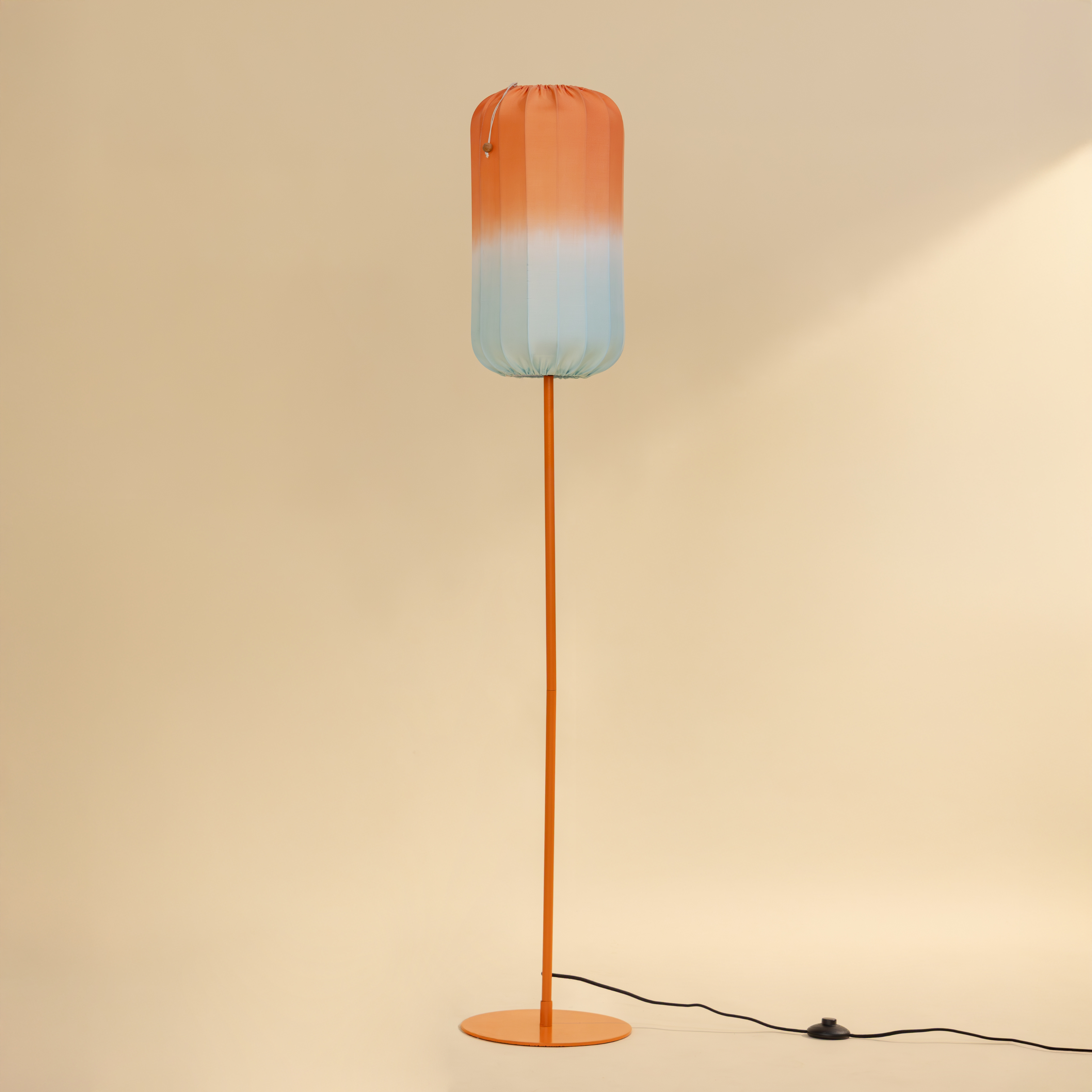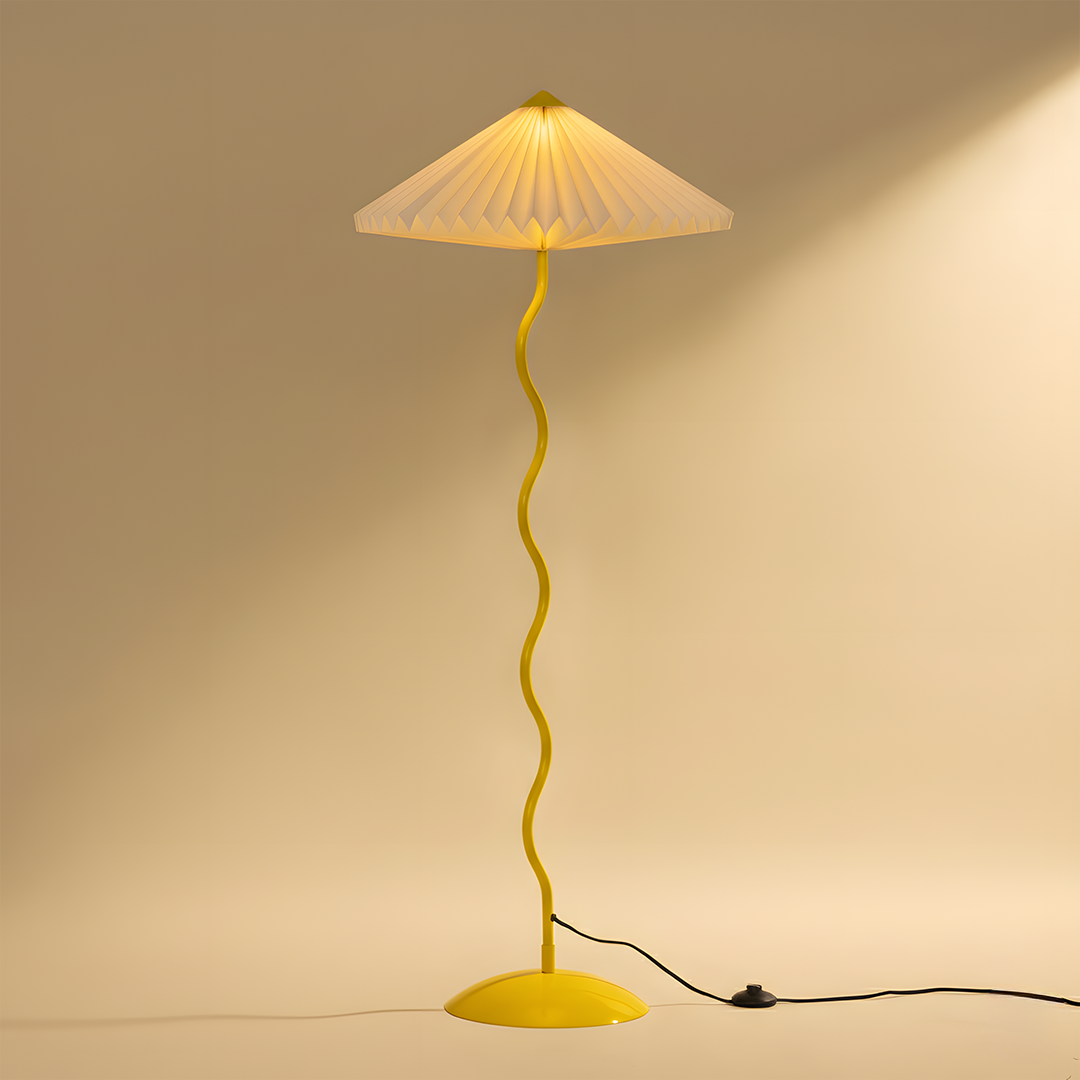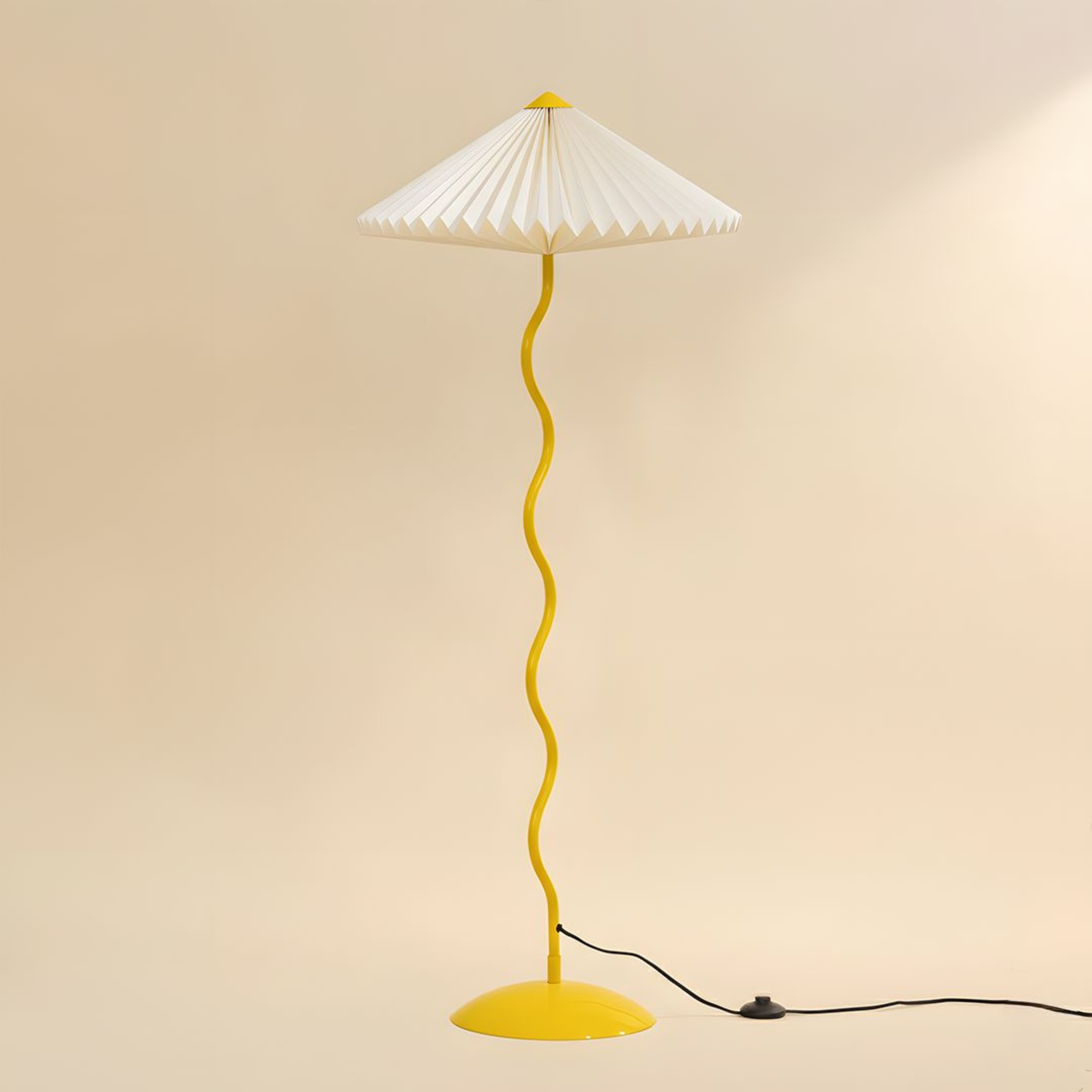
Warm White vs White Light: Choosing the Right Glow for Your Home
Ever walked into a room and felt instantly relaxed, or on the flip side, oddly restless, even when everything looked perfect? The answer might be hiding in plain sight: the lighting.
Lighting does more than just make your home visible, it shapes the way it feels. The tone of your lights can change your mood, make your space look larger or smaller, and even affect how colors appear.
Two of the most common types of lighting are warm white light and white light, which are often used interchangeably, but they couldn’t be more different in how they set the tone of a space.
Let’s break down what each one means, where to use them, and how to find the perfect balance between cozy and clear.
What Is Colour Temperature and Why Does It Matter?
When you hear people talk about lighting temperature or Kelvin, they’re referring to colour temperature, which is the warmth or coolness of light, measured in Kelvin (K).
Warm white light (2700K–3000K) has a yellow or golden hue. Picture sunset tones or candlelight. Soft, relaxing, and inviting.
White light (4000K–5000K), on the other hand, feels brighter and crisper, more like daylight. Energizing, clean, and modern.
A simple way to think about it can be how people resonate warm white light with comfort and white light with more clarity.
Warm White Light: Cozy, Calming, and Connected
Warm white light is perfect when you want your home to feel relaxed and welcoming. Its soft yellowish glow adds warmth to your interiors, helping you wind down after a long day.
It is best for living rooms where you can add a touch of intimacy and comfort during your family time; or for bedrooms where you like to wind down and want some calm and rest; or even dining areas to make your meals feel cozier and your food more inviting.
Quick tip- Pair warm white bulbs with natural materials like wood, linen, or jute. These textures amplify the cozy, organic atmosphere.
White Light: Bright, Focused, and Energizing
If you like a modern, airy aesthetic, white light works wonders. It’s clean, sharp, and enhances clarity, making it ideal for areas where you need visibility and focus.
It is best for kitchens to ensure you can cook and prep safely and precisely; or bathrooms where it can help you with proper grooming and give you a fresh feel; and even home offices where you need to stay alert, on your toes and reduce eye strain during your working hours.
Quick tip- Pair white light with sleek materials like glass, metal, and marble for a modern, open-space vibe.
How to Mix Warm and White Light in Your Home
The best interiors often combine both lighting temperatures to create a balanced atmosphere. It’s not about choosing one over the other, it’s about using them together intelligently.
You can use white light as your task lighting in workspaces, kitchens, or bathrooms and warm white light as your ambient lighting in bedrooms, living areas, or dining zones.
Use smart lighting or dimmers to adjust tones depending on the time of day or mood.
When done right, layering light creates dimension and mood so your mornings feel fresh, and your evenings feel restful.
The Right Light Sets the Right Mood
Lighting isn’t just a design detail, it’s an emotion in itself. The choice between warm white light and white light isn’t about which one is better, but what you want your space to feel like.
If you crave comfort and calm, go for warm white lighting. If clarity and focus drive you, choose white light. And if your home needs both? Layer them.
At the end of the day, your light should reflect you. Your lifestyle, your rhythm, and the way you want to feel when you step into your space. Because the right light doesn’t just brighten your home, it transforms how you live in it.


